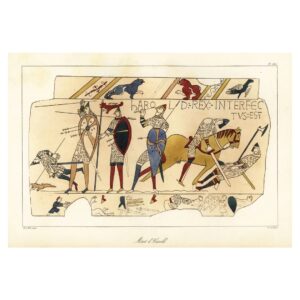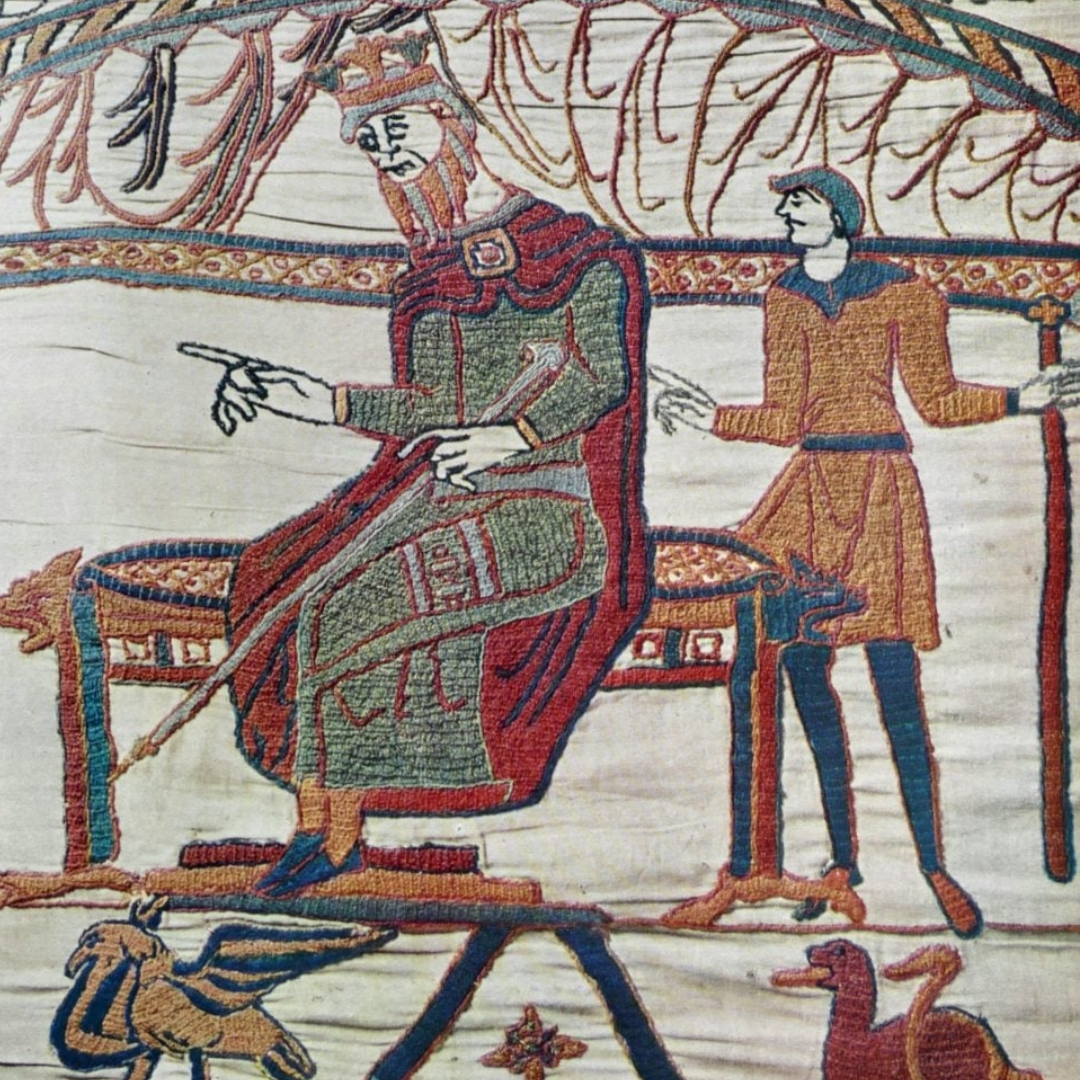The Bayeux Tapestry’s intricate embroidery provides vital insight into the battle between William the Conqueror and King Harold II, a victory that shaped England’s culture and history.
A fragment of the tapestry was recently rediscovered in the Schleswig-Holstein State Archives in northern Germany. It was originally part of the estate of archaeologist Karl Schlabow, who, in 1941, was involved in a Nazi-sponsored project to re-measure the tapestry. The fragment was likely removed during this work. Schlabow, a textile restoration expert, also founded the Neumünster Textile Museum.
The fragment will now be repatriated to France as part of the tapestry’s cultural heritage. The tapestry is a UNESCO Memory of the World asset and continues to offer valuable historical insights. Earlier this year, researchers also identified King Harold II’s residence depicted in the tapestry.
The Bayeux Tapestry is currently housed at the Bayeux Museum in Normandy, having left the city only twice in its thousand-year history. Napoleon first moved it to Paris for display at the Louvre, hoping it would support his planned invasion of Britain. After the plan was abandoned, the tapestry returned to Bayeux.
During World War II, it was moved to the Louvre again under German occupation, and it was then that Karl Schlabow removed a small fragment, later ending up in the Schleswig-Holstein State Archives after Schlabow’s death in 1984.
While part of the tapestry, possibly depicting William’s coronation in 1066, has been missing for centuries, the rediscovered fragment won’t significantly restore the tapestry to its original form.
The Bayeux Tapestry will be temporarily closed for restoration starting August 31, 2025, and will reopen in late 2027, coinciding with the 1000th anniversary of William the Conqueror’s birth.
Source: ArtNet


